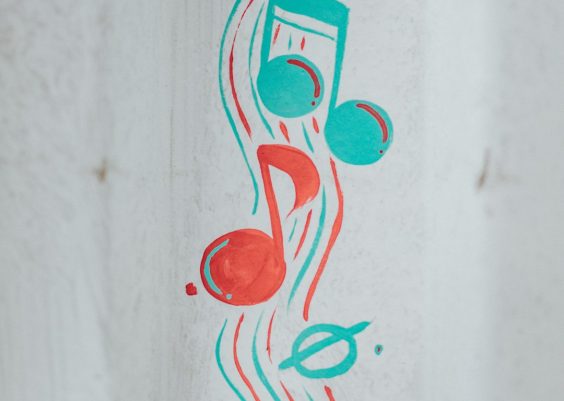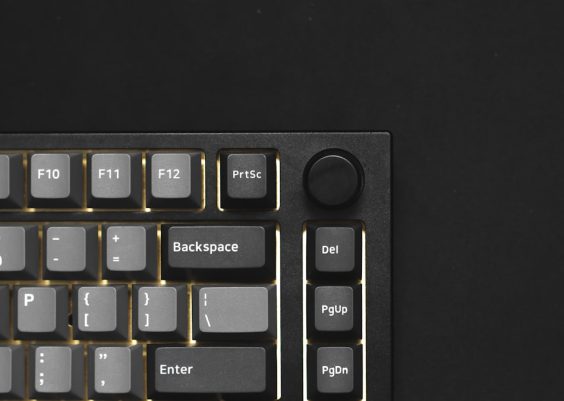Chatbots have revolutionized the way businesses communicate with customers, automate support, and offer seamless services 24/7. Python, with its simplicity and robust libraries, has emerged as one of the top programming languages for building functional and intelligent chatbots. Here’s a comprehensive guide to understanding how to develop a chatbot using Python.
Contents
Understanding the Basics
Before diving into code, it’s essential to understand the two major categories of chatbots:
- Rule-Based Chatbots: They follow a predefined set of rules or responses using conversational logic or decision trees.
- AI-Based Chatbots: These chatbots use machine learning and natural language processing (NLP) to understand and respond smartly to a variety of input.
Depending on the complexity and purpose of the chatbot, developers can opt for a simple script using conditionals, or integrate advanced NLP tools and machine learning models.
Setting Up the Environment
Start by installing Python if it’s not already installed. Once installed, developers can set up a virtual environment to manage dependencies:
python -m venv chatbot_env
source chatbot_env/bin/activate # On Windows use chatbot_env\Scripts\activate
Next, install required libraries:
pip install nltk tensorflow flasknltk is crucial for natural language processing, tensorflow is useful for machine learning-based bots, and flask helps in deploying the chatbot via a web application.
Designing the Chat Flow
Chat flow refers to how the conversation escalates or branches depending on the user’s input. For simple bots, this can be a decision tree. For AI-based bots, it helps to identify intents and entities.

Create a basic structure for interaction. For instance:
- Greeting
- Understanding User Intent
- Processing Response
- Ending the Conversation
Programming the Chatbot
Here’s a simple example using nltk for a rule-based chatbot:
from nltk.chat.util import Chat, reflections
pairs = [
[
r"my name is (.*)",
["Hello %1, How can I help you today?"]
],
[
r"what is your name ?",
["I am a chatbot created in Python."]
],
[
r"how are you ?",
["I'm doing well, thank you! How can I assist you?"]
],
[
r"quit",
["Goodbye!"]
]
]
chatbot = Chat(pairs, reflections)
chatbot.converse()
This simple script allows the chatbot to handle common conversations and patterns through matching rules.
Incorporating NLP and AI
For more intelligent responses, NLP is needed. Using nltk, one can tokenize, lemmatize, and analyze text. Another great tool is spaCy for advanced processing. Intent classification and entity recognition will provide the bot with deeper understanding.

For AI-based bots, training a neural network with frameworks like TensorFlow enables better handling of diverse and dynamic user input.
Deploying the Chatbot
Once the bot functions as intended in the local environment, it’s time to deploy it. Flask can be used to build a RESTful API that integrates the chatbot with a website or app.
from flask import Flask, request, jsonify
app = Flask(__name__)
@app.route("/chat", methods=["POST"])
def chat():
user_message = request.json["message"]
response = process_message(user_message)
return jsonify({"response": response})
Host the Flask app on cloud platforms like Heroku or AWS, and connect it to messaging platforms such as Facebook Messenger, Slack, or WhatsApp for real-world usage.
Conclusion
Developing a chatbot in Python is both exciting and empowering. Whether it’s a rule-based helper or an intelligent agent powered by AI, Python offers all the necessary tools and libraries. With thoughtful planning and iterative development, anyone can build a chatbot that adds real value to businesses or projects.
FAQ
- Q: Do I need to know machine learning to build a chatbot?
A: No. Rule-based chatbots can be built without machine learning. However, for more advanced features, ML knowledge is helpful. - Q: What libraries should I consider for chatbot NLP?
A: Libraries like NLTK, spaCy, and transformers (from HuggingFace) are widely used for NLP in chatbots. - Q: Can I integrate the chatbot with social media platforms?
A: Yes. The chatbot logic can be connected to APIs for platforms like Facebook Messenger or Telegram through frameworks or direct API usage. - Q: How do I test my chatbot?
A: You can test it locally through CLI, or by integrating it into a web interface using Flask or web sockets.




